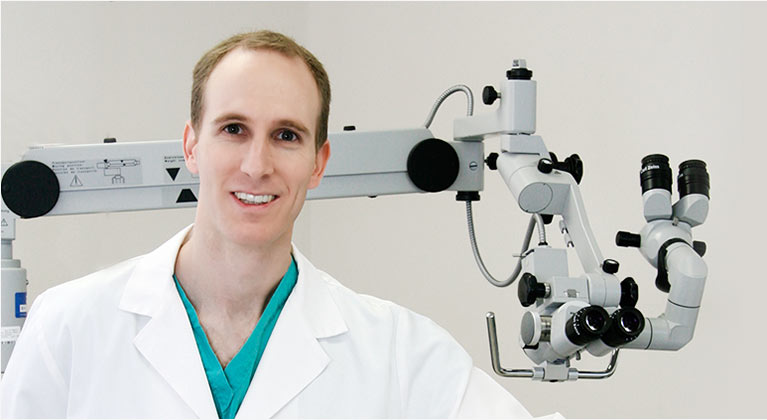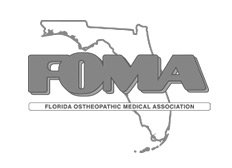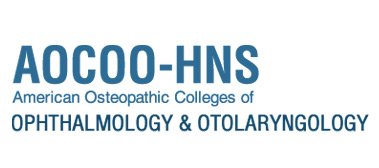Types Of Diagnostic Audiology Testing
Otoscopic Evaluation
We use an otoscope or camera and television to look in your ears to make sure you do not have excessive wax and to make sure you have no abnormalities of the ear canal or tympanic membrane.
Tympanometry
We use this test to detect disorders of the middle ear. Air pressure in the ear canal is varied to test the condition and mobility of the ear drum (tympanic membrane) and ossicles (bones in the middle ear). Tympanometry is used to test for the following conditions: Eustachian Tube Dysfunction, Perforated Eardrum, Fluid in Middle Ear, Impacted (ear wax); scarring of the ear drum, tumor in the middle ear, and disconnected bones in the middle ear.
Acoustic Reflexes
Your ear has one tiny muscle (stapedial muscle) that contracts to loud sounds. This test allows us to assess parts of the central nervous system . This part of the test may be done on anyone who complains of tinnitus, dizziness and balance issues, or where complaints suggest a central processing disorder.
Distortion Product Otoacoustic Emissions
This test measures outer hair cell function. Outer hair cells detect loudness of sounds. They show damage before the damage shows up on conventional testing. This test is a must for newborns, small children, patients of questionable reliability, patients who have suffered from excessive noise exposure, who have questionable central auditory processing issues, sudden hearing losses or complains of tinnitus.
Air And Bone Conduction Thresholds
We use air conduction testing to evaluate how well you hear the softest sounds when the sounds travel from your ear canal, through your eardrum, middle ear, and then the cochlea (inner ear nerve). We use separate earphones for better reliability. Bone conduction testing is done with an oscillator placed on the mastoid bone behind your ears. This allows us to test the nerve directly.
Speech Reception Thresholds And Word Recognition
Speech Reception Thresholds testing allows us to determine the softest speech sounds that you can recognize. This test is done as a cross check to make sure the air conduction and bone conduction tests were valid. Word Recognition Testing is used to see how well you understand speech. When your speech understanding is consistent with your hearing test, then we know it is a sensory problem only. When your speech understanding is severely impaired and not appropriate for your hearing loss we know you have neural problems. That means you can hear the sounds, but the sounds don’t get to the part of your brain that makes sense out of them.
Tinnitus Evaluation
This test is used to estimate the pirch of the tinnitus (ringing in the ears) and how loud it is compared to your hearing. We then determine the minimal masking level (MML) and inhibition. The MML is how loud we have to play a masking noise in order for you not to hear your tinnitus. Once we determine this level, we ascertain how successful masking will be to reduce the disturbance of tinnitus (inhibition).
















